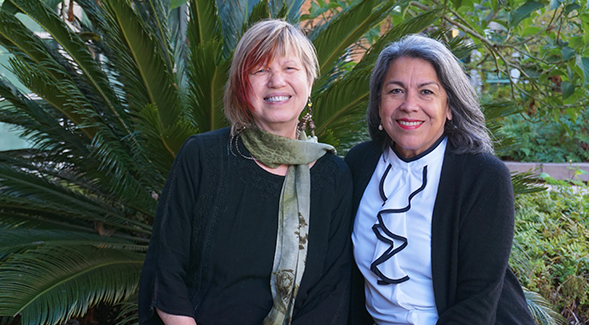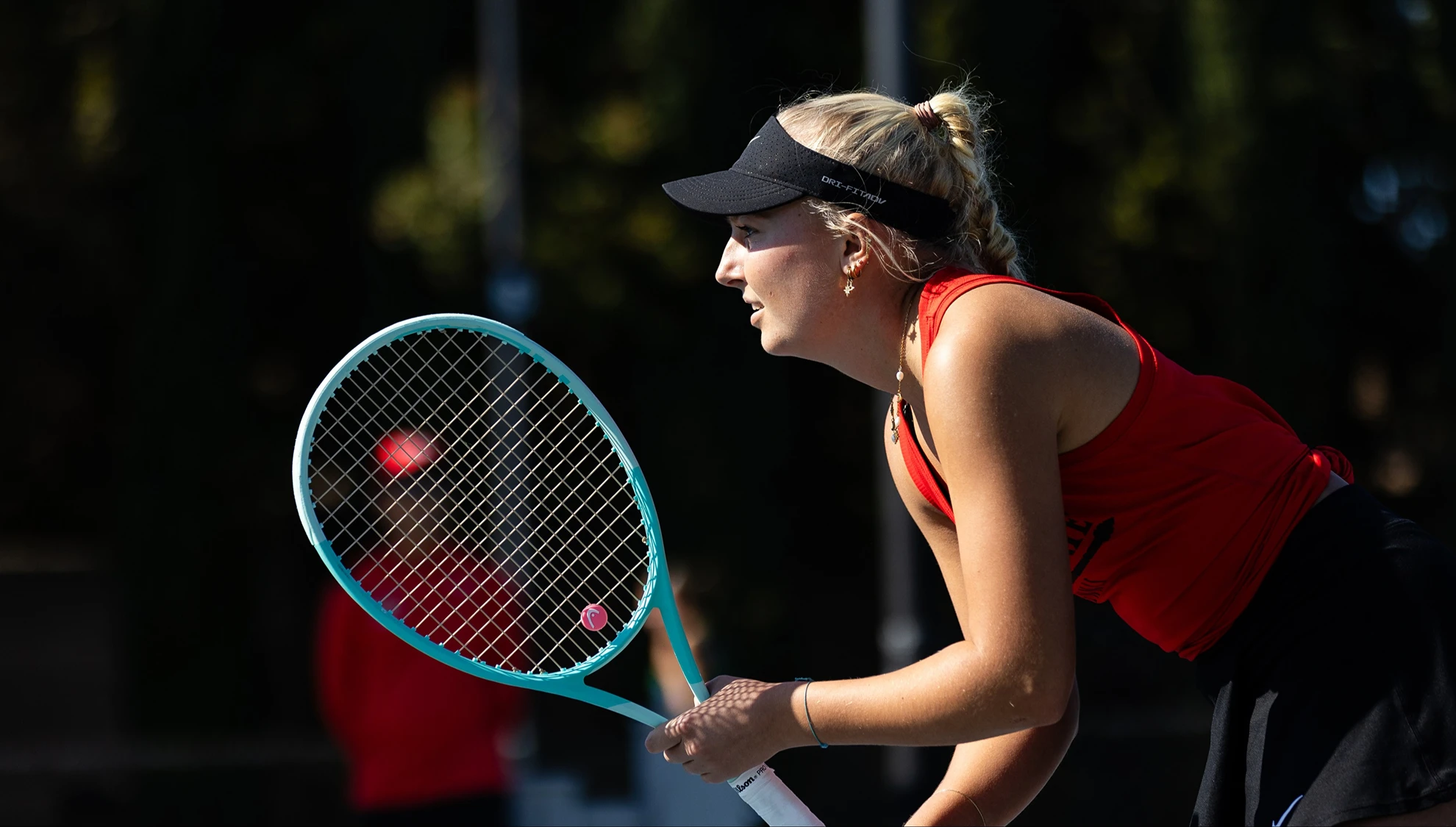Women's History in a Hall of Fame
Two SDSU women were among the driving forces behind an effort to recognize women who have shaped San Diego County.

The two San Diego State University alumnae who were instrumental in launching the San Diego County Women’s Hall of Fame don’t want anyone to buy into the stereotype of high achievers who worked behind the scenes.
“That’s never been true,” said Sue Gonda (’84), who taught for more than 25 years in the History and Women’s Studies departments at SDSU.
For more than a hundred years, “Women have been in the forefront of getting things done in creating libraries and parks, from schools to major institutions, in all of our cities and all of our cultural heritages,” Gonda said. “They never got the recognition, they didn’t get the newspaper articles, they didn’t get the money.”
The Hall of Fame, which celebrates its 20th year of inductees next week, is “designed to change that.”
The annual event, to be conducted via Zoom at 2:30 p.m. PDT on Sunday, Mar. 21, will bring the Hall of Fame’s membership to nearly 130. (Additional information can be found here.)
Olivia Puentes-Reynolds (’73) was serving in the San Diego County Commission on the Status of Women in 2000 when the notion arose of how to make women’s accomplishments of the past and present better known. Statues? No, too expensive.
“So then we looked at having a hall of fame,” Puentes-Reynolds said, but while there were states with a women’s hall of fame, there wasn’t much precedent for one on a regional level. “What we decided to do is see if there were partners who would be interested in hosting such a thing.”
The partners turned out to be the San Diego County Commission on the Status of Women, SDSU’s Women’s Studies department, the University of California San Diego Women’s Center and the Women’s History Reclamation Project (WHRP), now the Women’s Museum of California, where Gonda served as board president.
First five
The Hall of Fame ultimately came to life in 2002 with a set of inductees composed of the county’s first female judge, Madge Bradley; longtime officeholder Lucy Killea; Jane Dumas, an elder in the Jamul Band of Kumeyaay Indians; feminist and educator Gracia Milina de Pick; and Alemi Daba of the Alliance for African Assistance.
The institution honors its inductees in the categories of trailblazer, activist, empowerer, historian and cultural bridge builder.
While it exists primarily as an internet resource, the Hall of Fame has been highlighted in traveling exhibits to libraries, museums, and schools throughout the county. An outdoor exhibit at Liberty Station, the former headquarters for the women’s museum, will remain there for now.
As the first year’s cohort suggests, “fame” does not depend on a high public profile.
For every Sally Ride, there’s an Elizabeth Lou, who helps refugee and immigrant women become self-reliant.
The year after botanist and “Mother of Balboa Park” Kate Sessions was inducted, the Hall of Fame welcomed Clara Estelle Breed, a librarian who corresponded with hundreds of Japanese Americans who were placed into internment camps during World War II.
Gonda, who received her bachelor’s degree in history from SDSU and went on to obtain a doctorate from UCLA, and Puentes-Reynolds, whose bachelor’s degree in economics is believed to be the first ever earned by a Chicana student at SDSU, were inducted themselves in the “Spirit of the Hall of Fame” category in 2020.
Other key figures in establishing the Hall of Fame include former women’s studies chair Susan Cayleff; Nancy Loevinger, first director of the UCSD Women’s Center; WHRP treasurer Mary Logomasini; museum coordinator; and graphic designer Holland Gallup.
“We got together one night in the museum and we talked about what this would look like,” said Gonda, who drew some inspiration from her own visit to the National Women’s Hall of Fame in Seneca Falls, N.Y. “And we really invented it from scratch.”
Puentes-Reynolds said the group of more than 30 women was determined that selections would be driven by very specific values, spelled out at considerable but very specific length in a memo dated Nov. 20, 2000.
In part, they read: “We value women that are not professionally motivated by money alone. We value women that are not in politics for their own benefit. We value women who are role models in the community.”
Other criteria: “Women who value others’ advancement not just their own personal gain. We value the right of women to choose their own identities, we value an individual’s culture, we value recognizing the value of diversity.
The values call out women who are “creative, imaginative, visionaries and dreamers.”
“I really do think that those values capture the diversity that we wanted to reach in all of San Diego County,” Gonda said. Over the years all geographical areas of the county have been represented. “There are conservative women, there are wealthy women, there are women who are of very modest means, but who devoted their life for individual communities of San Diego.”
There has been talk of a permanent physical location for the Hall of Fame, but Gonda said COVID-19 restrictions have helped show what can be done in a virtual setting. For that reason, the website, which already has profiles of all the inductees, will be built up in hope of becoming an additional resource for schools and students.



